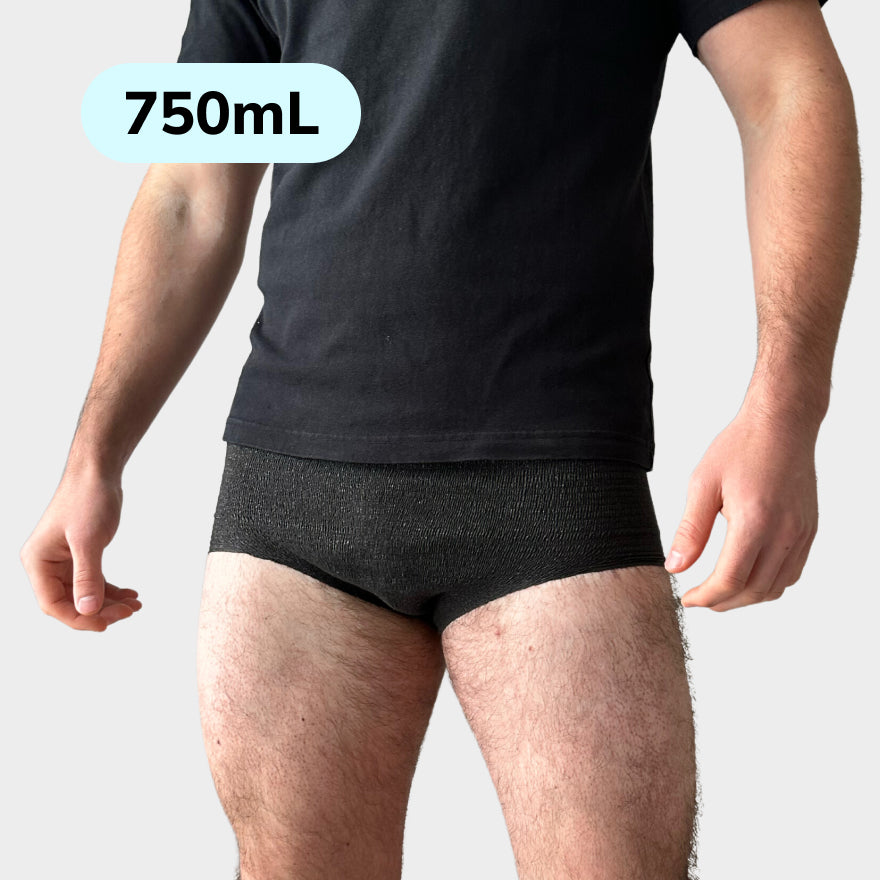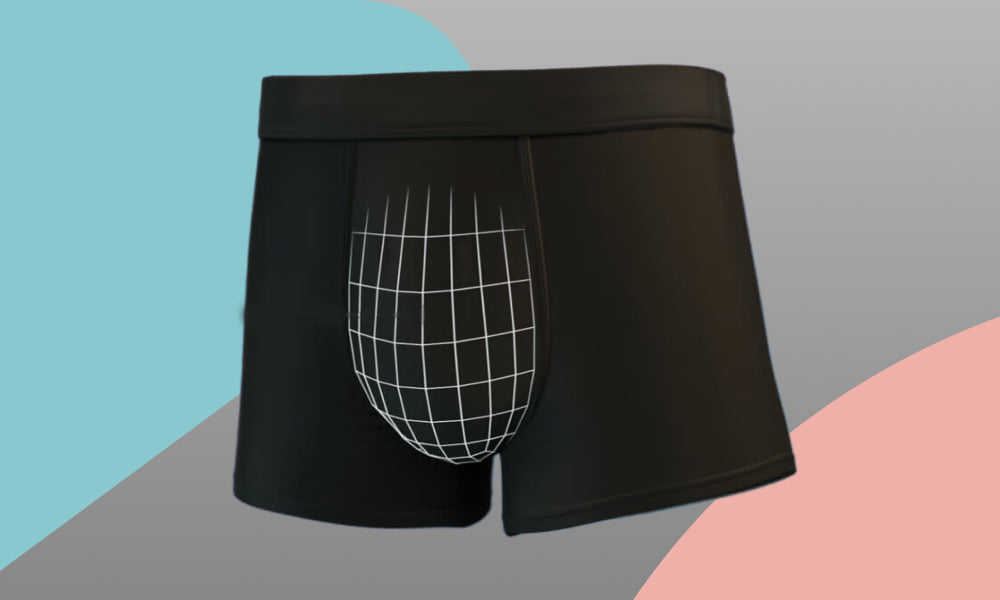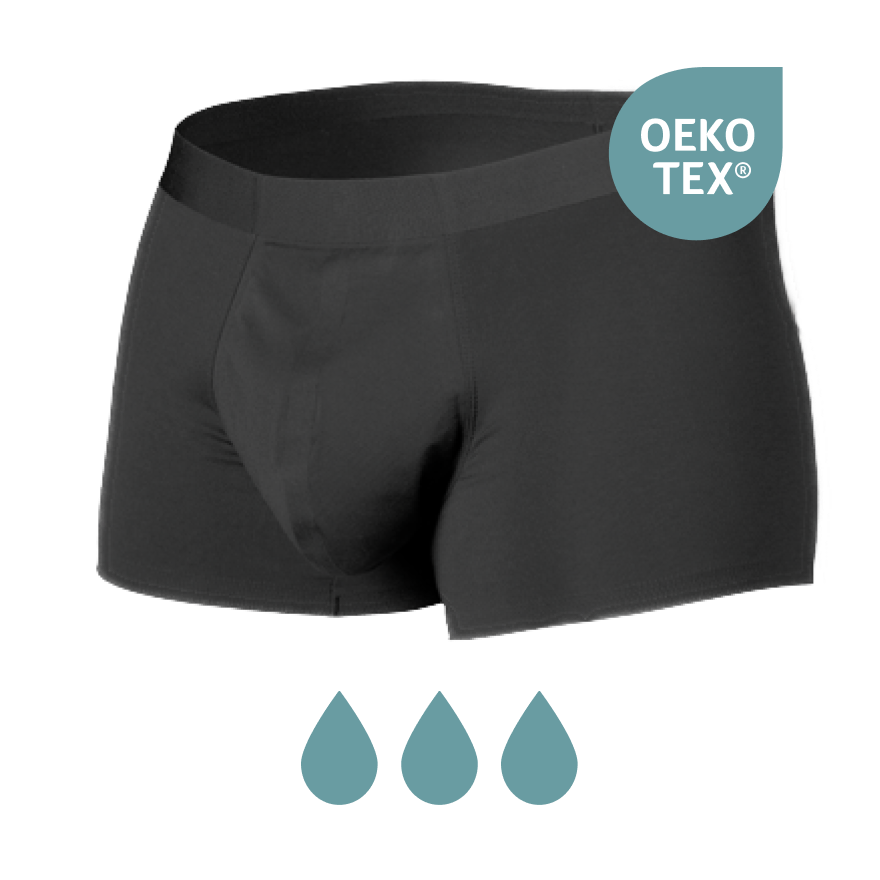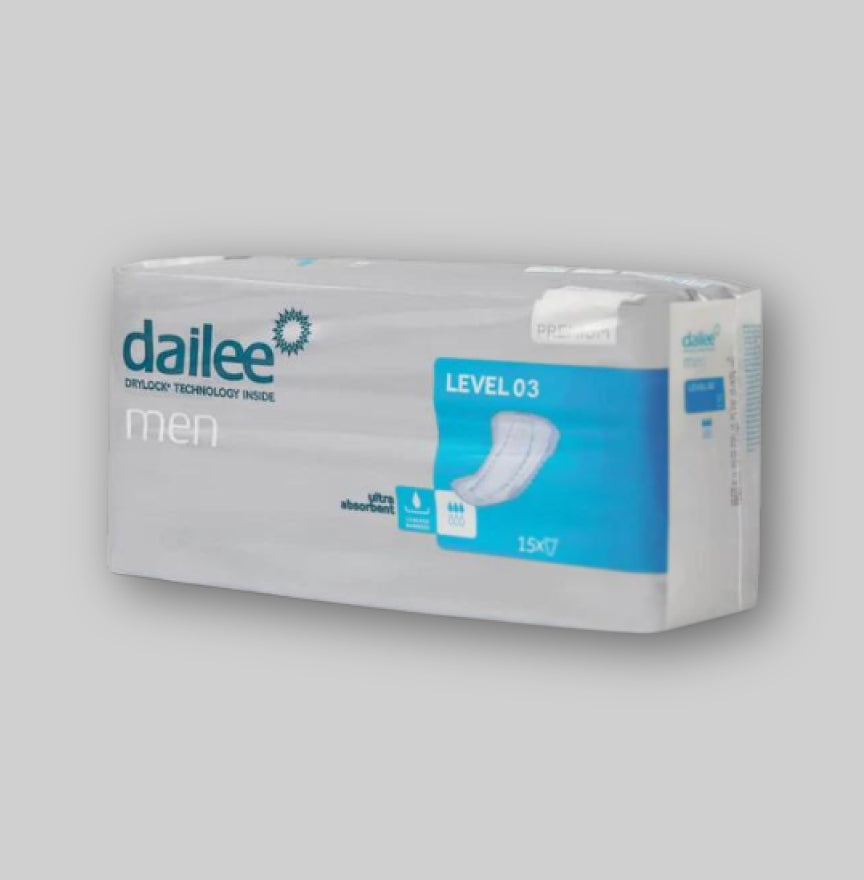Introduction
Incontinence in dementia is a common problem that can tax both the patient and the caregiver. It is important to understand the causes, symptoms and treatment options of this problem to be able to offer the right care.
What is incontinence in dementia?
Incontinence in dementia refers to the inability to properly check the bladder or intestines as a result of dementia. This can lead to unwanted loss of urine (urine incontinence), dissolution incontinence or a combination of both.
Causes of incontinence in dementia
The causes of incontinence in dementia can be diverse and include both physical and psychological factors. Some common causes are:
-
Loss of cognitive function: Dementia can lead to a decrease in the ability to check the bladder and intestinal functions.
-
Reduced mobility: Patients with dementia may have difficulty going to the toilet due to mobility problems, which can lead to incontinence.
-
Changes in the brain: Dementia can affect brain function, which disrupts the signals that control control of the bladder and intestinal functions.
-
Medication: Some drugs used to treat dementia can have side effects that cause incontinence.
Symptoms of incontinence in dementia
The symptoms of incontinence in dementia can vary depending on the individual circumstances, but may include the following:
- Unintentionally loss of urine when coughing, laughing or lifting.
- Frequent urge to pee without actual emptying of the bladder.
- Inability to reach the toilet on time.
- Unintentional loss.
Diagnosis and treatment
It is important to perform a thorough evaluation to determine the cause of incontinence in dementia. This can include a physical examination, urine examination and evaluation of medication. Treatment options can vary, but can include the following:
-
Behavioral interventions: This can include the use of toilet minders, regular toilet breaks and the avoidance of caffeine and alcohol.
-
Medication: In some cases, medicines can be prescribed to reduce the symptoms of incontinence.
-
Exercises: Pelvic floor muscle exercises can help improve bladder and intestinal control.
-
Incontinence material: The use of absorbent products can help to reduce incontinence inconvenience and improve the quality of life.
Conclusion
Incontinence in dementia is a challenging problem that can influence both the patient and the caregiver. Understanding the causes, symptoms and treatment options is essential for providing adequate care. With a thorough evaluation and appropriate interventions, the effects of incontinence in dementia can be reduced, improving the quality of the patient's life.















